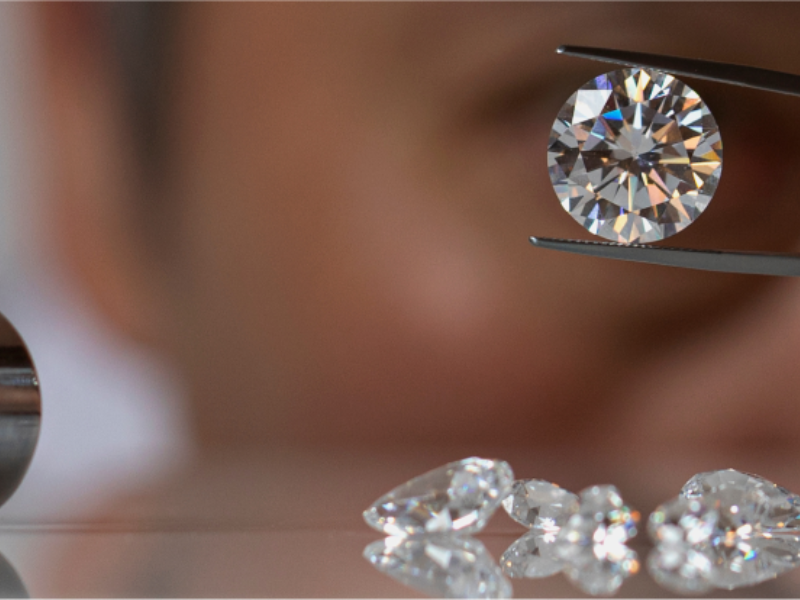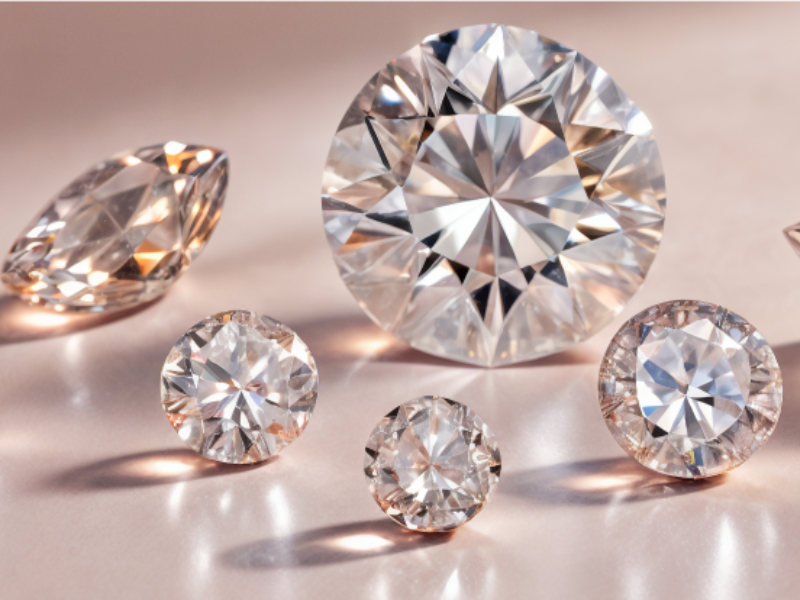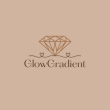Different Types of Diamonds for Jewellery because it is a symbol of love, affection, elegance, and luxury. Whether it’s an engagement ring, a pair of earrings, or a stunning necklace, choosing the right diamond can boost any piece of jewellery. But with so many types, shapes, and qualities available, you might wonder.
The answer depends on your budget, preference, and the purpose of the jewellery. In this guide, we will explore different types of diamonds, popular shapes, and the factors that determine which diamond is perfect for you.
Different Types of Diamonds for Jewellery
Diamonds used in jewellery come in different types, each with unique characteristics and value. Understanding these types will help you choose the diamond that suits your style and needs.
Natural Diamonds
Natural diamonds are formed deep within the Earth’s mantle over billions of years, under huge heat and pressure. These diamonds are mined and then cut into the sparkling gems we see in jewellery stores.
Key Features:
- Rarity & Value: Natural diamonds are rare and hold high value in the jewellery market.
- Romantic Appeal: Many people prefer natural diamonds because they represent timelessness and tradition.
- Investment Potential: They often retain better resale value compared to other types.
Considerations:
- Higher price due to rarity
- Mining may have environmental impacts
Natural diamonds are ideal for legacy jewellery, engagement rings, and premium collections.

Lab-Grown Diamonds
Lab-grown diamonds are created in laboratories using technology that mirrors the natural formation process. They are physically and chemically identical to natural diamonds, which means they have the same sparkle and durability. Different Types of Diamonds for Jewellery–
Key Features:
- Cost-Effective: Usually 30–40% cheaper than natural diamonds of the same size and quality.
- Eco-Friendly: A sustainable choice without the environmental impact of mining.
- Versatile: Available in a wide range of shapes and sizes.
Considerations:
- Lower resale value than natural diamonds
- Observed as less exclusive due to controlled production
Lab-grown diamonds are perfect for buyers seeking high-quality sparkle without overspending.
Treated or Enhanced Diamonds
Treated or enhanced diamonds are natural diamonds that undergo treatments like laser drilling, or color enhancement to improve appearance.
Key Features:
- More Affordable: Visually appealing at a lower price
- Improved Appearance: Treatments can enhance clarity and color
Considerations:
- Durability may be slightly compromised
- Treatments must be disclosed, and they lower resale value
Treated diamonds are suitable for fashion jewellery but are less ideal for investment or daily wear pieces.
Understanding Diamond Quality Before Buying
Before buying a diamond, understanding its quality factors is crucial to ensure you will get the best value. The 4Cs—Cut, Color, Clarity, and Carat
- Cut:
- Determines how well a diamond reflects light and sparkles.
- A perfectly cut diamond looks brighter than a poorly cut diamond of the same size.
- Color:
- Diamonds are graded from D (colorless) to Z (light yellow or brown).
- Colorless diamonds are more valuable and popular in jewellery.
- Clarity:
- Refers to additions (internal flaws) or blemishes (surface flaws).
- Fewer inclusions mean a more brilliant and expensive diamond.
- Carat:
- Refers to the weight of the diamond.
- A larger carat doesn’t always mean better; a smaller well-cut diamond can sparkle more.
By balancing these four factors, you can find a diamond that is both beautiful and budget-friendly.

Popular Diamond Shapes for Jewellery
The shape of a diamond impacts its style, sparkle, and suitability for different types of jewellery. Here are the most popular shapes you should consider:
Round Brilliant Cut
- The most popular diamond shape known for maximum sparkle and brilliance.
- Ideal for solitaire engagement rings and classic jewellery.
- Timeless, versatile, and enhances the diamond’s natural fire.
Princess Cut
- A modern square-shaped cut with sharp corners and excellent brilliance.
- Popular for contemporary engagement rings and statement pieces.
- Offers a unique look while being slightly more affordable per carat than round cuts.
Oval, Emerald, and Cushion Cuts
- Oval Cut: Offers a long, elegant look that can make fingers appear slimmer.
- Emerald Cut: Features step cuts that highlight clarity and create a vintage feel.
- Cushion Cut: Combines a square shape with rounded corners, perfect for a romantic, soft appearance.
Choosing the right shape depends on personal taste and the type of jewellery you want to create.

Factors That Determine the Best Diamond for Jewellery
When determining which diamond is best for jewellery, consider these essential factors:
The 4Cs of Diamond Quality (Cut, Color, Clarity, Carat)
The 4Cs directly affect the sparkle, beauty, and value of a diamond.
- Cut: Prioritize for brilliance.
- Color and Clarity: Choose based on desired appearance and budget.
- Carat: Decide based on size preference and type of jewellery.
Importance of Diamond Certification
Always ensure your diamond is certified by a reputable laboratory such as GIA, AGS, or IGI. Certification provides:
- Verification of authenticity and quality
- Confidence in resale and insurance
- Protection from fraud or misrepresentation
Durability and Longevity in Jewellery
Diamonds are the hardest known natural substance, ranking 10 on the Mohs hardness scale.
- Natural and lab-grown diamonds are equally durable for daily wear.
- Treated diamonds may require more care as some enhancements are sensitive to heat or chemicals.
- Jewellery settings like prongs or bezels also influence long-term durability.
By choosing a durable, certified diamond with the right cut and setting, your jewellery will remain timeless for generations.
